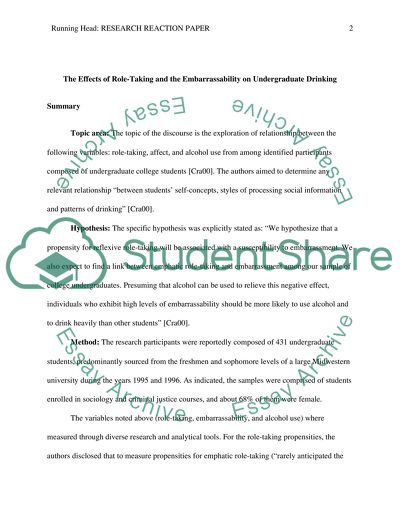Cite this document
(“The Effects of Role-Taking and the Embarrassability on Undergraduate Research Paper”, n.d.)
Retrieved from https://studentshare.org/psychology/1401659-role-taking-and-underage-drinking
Retrieved from https://studentshare.org/psychology/1401659-role-taking-and-underage-drinking
(The Effects of Role-Taking and the Embarrassability on Undergraduate Research Paper)
https://studentshare.org/psychology/1401659-role-taking-and-underage-drinking.
https://studentshare.org/psychology/1401659-role-taking-and-underage-drinking.
“The Effects of Role-Taking and the Embarrassability on Undergraduate Research Paper”, n.d. https://studentshare.org/psychology/1401659-role-taking-and-underage-drinking.


